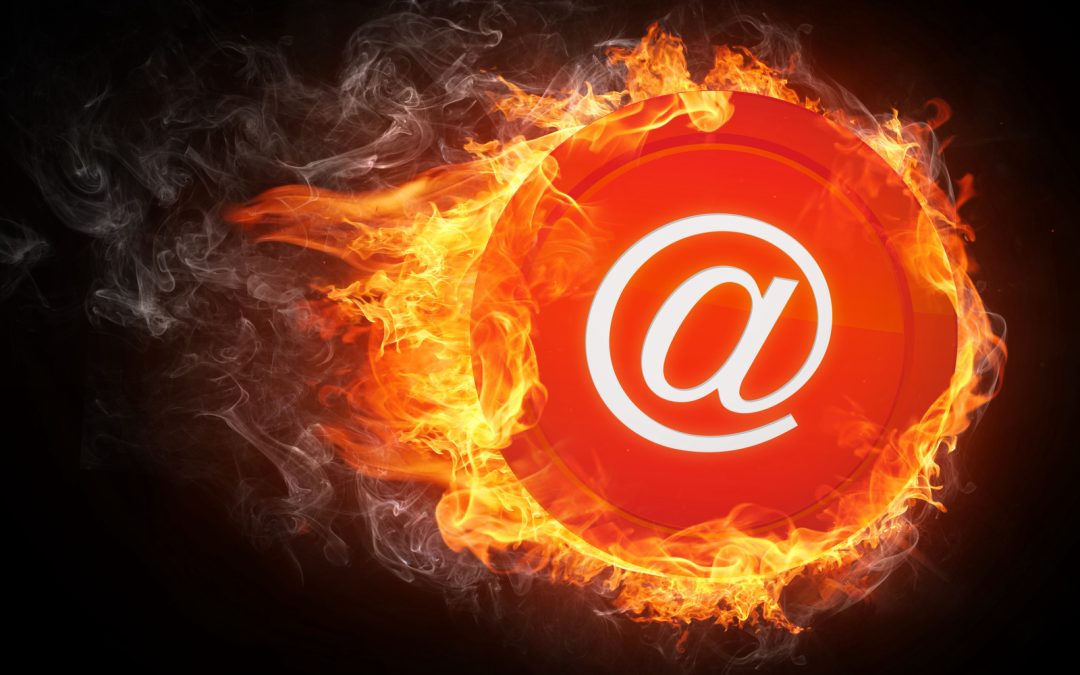In our fast-paced business world, it’s easy for executives to find themselves constantly shackled to their email inboxes. But, of course, there’s nothing easy about the predicament.
Recently, I was talking to one of my CEOs, and she described her typical day, which begins and ends with her email inbox. She spends way too much time sifting through hundreds of messages—questions and information from direct reports, customer requests, industry news, and much more. This ceaseless flow of emails often means crucial hours spent managing her inbox rather than strategizing and leading her company. This CEO’s dilemma is a common scenario for many executives: Email, instead of being a tool for efficiency, becomes a momentous time sinkhole.
But there are ways around this. Consider these tips:
1. Schedule Email Checks. Instead of being on constant alert for every incoming message, set specific times for checking your email. This could be two or three times a day—mid morning, post lunch, late afternoon. Scheduling email checks can significantly reduce distractions, allowing for more focused work periods. And when the scheduled time is up, stop and go work on things like leading the company.
2. Utilize Email Filters and Labels. Most email programs offer sophisticated filtering and labeling options. Use these to automatically sort incoming emails. For instance, emails from key clients can be tagged and filtered into a priority inbox, while newsletters and non-urgent communications can go into a separate folder to be reviewed at a designated time.
3. Delegate Email Management. You do not need to personally handle every email. Delegate the management of certain types of emails to a trusted assistant or team member. This can include scheduling, general inquiries, and even some client communications. The key is to ensure that the delegation is clear and that there are standard operating procedures for handling these emails.
4. Implement the “Two-Minute Rule.” For the emails that do make it to your inbox, apply the “two-minute rule”: If an email can be responded to within two minutes or less, do it immediately. This prevents the buildup of a backlog of emails that need quick replies.
5. Use Templates for Common Responses. Identify the types of emails that you frequently respond to, and create templates for these responses. This can save a significant amount of time, reducing the need to draft similar emails from scratch.
6. Limit the Length of Your Emails. Adopt a policy of brevity in your emails. Aim to keep your messages concise and to the point. This not only saves you time in writing but also makes your communications clearer and more actionable for the recipients. I personally like the “no-scroll rule.” You should be able to read the email without having to scroll down to get to the end of it. A nice bonus: People tend to respond in kind. Keep it short, and, chances are, the person on the other end will, too.
7. Batch Similar Tasks Together. Try to batch email tasks together. For instance, if you need to send out updates to your team or respond to client concerns, block off time to do all these similar tasks in one go. This improves efficiency and helps maintain focus.
8. Utilize Email Management Tools. There are numerous tools and software designed to enhance email productivity, offering features like scheduled sending, email tracking, and even artificial intelligence to draft responses. Investing in these tools can significantly streamline email management.
9. Emphasize Other Communication Channels. Not everything needs to be communicated via email. For quicker, more collaborative discussions, utilize other communication tools like Slack, Microsoft Teams, or even quick phone calls. This can reduce the volume of emails and speed up decision-making processes.
10. Sending emails is like throwing a boomerang. The more you send out, the more will come back to you. Just as a boomerang returns to the thrower following its arc, each email you send out invites a response, leading to a succession of continuous back-and-forth communication. It is a self-perpetuating cycle of email correspondence.
And finally, remember, email is a tool meant to enhance productivity and communication, not an obstacle or hindrance. It should not detract from productivity, complicate communication, or make an executive’s life more difficult. Use the tips above to help ensure that email is a useful tool, not a burden.
If you manage email correctly, you will do what you do better.

Recent Comments